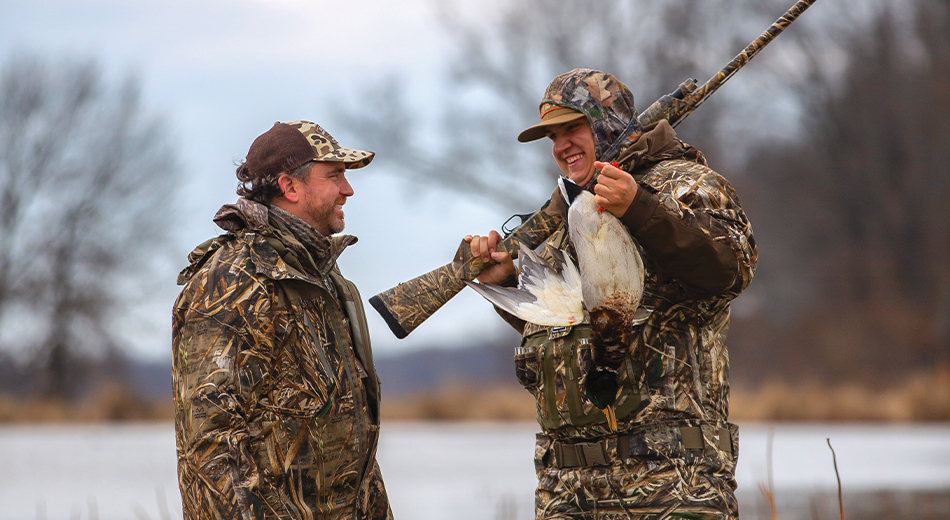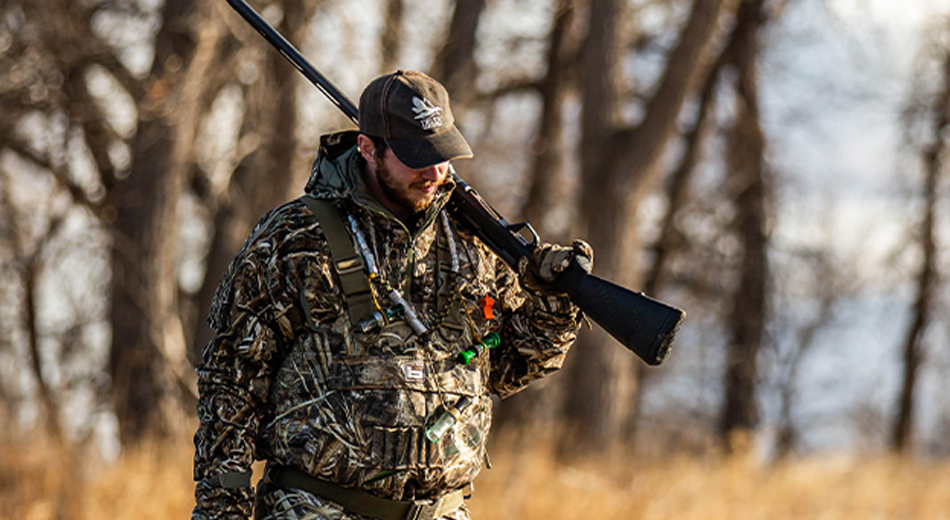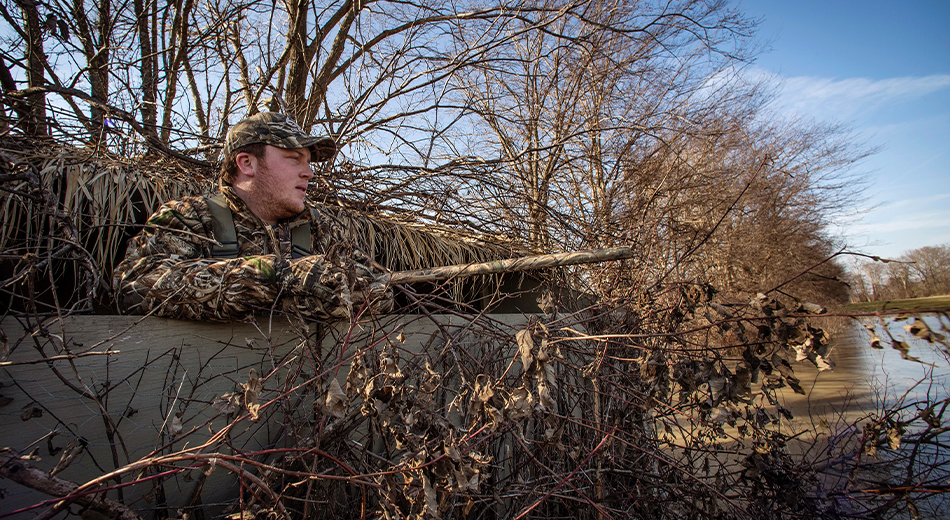What's New
STAY UP TO DATE ON THE WORLD OF WATERFOWL HUNTING
Delta is your source for up-to-date news, podcasts, hunting strategies, recipes, duck dog stories, and hunting gear. And this is the place to nerd out with the top experts in waterfowl biology in Delta's exclusive "Duckology" segments.

Delta Waterfowl Reports: USFWS Annual Breeding Wat...
9/2/2025
Breeding population nearly identical to 2024, but dry prairie conditions likely suppressed duck production
Read more
Restoring Duck Distribution
9/2/2025
Delta is set to produce millions of ducks—and spearhead their return to traditional southern strongholds
Read more
Six Quick Tips for Scouting Early-Season Honkers
8/25/2025
Here are six quick tips to get you on the birds and keep you on the birds.
Read more
Delta Waterfowl Hires New Chief Development Office...
8/22/2025
Eric Lindstrom will lead fundraising team’s efforts to support conservation programs
Read more
How to Hit Teal
8/20/2025
SHOTSHELL MANUFACTURERS have no greater allies than blue-winged and green-winged teal.
Read more
Shotgunning: Barrel Length Ballistics
8/20/2025
Adding or decreasing a few inches of barrel can enhance wingshooting
Read more
Don’t Rock the Boat
8/20/2025
Preparation and training are critical to boating safely with retrievers
Read more
Delta Welcomes Kent Cartridge as Champion of Delta...
8/19/2025
Known for their premium waterfowl loads, Kent Cartridge is committed to giving back to waterfowl conservation
Read more
Positive Strides Towards Protecting Critical Wetla...
8/19/2025
Vigorous Duck Production, HunteR3, and other Delta-supported efforts continue across the United States and Canada
Read more
Delta Waterfowl Welcomes Regional Director for the...
8/15/2025
A South Dakota native, Blake Ketterling brings more than 20 years of fundraising experience to the role
Read more
Delta Waterfowl Promotes Baird to VP of Government...
8/14/2025
Cyrus Baird continues to push for increased conservation funding and quality duck hunting opportunities
Read more
2025 State Waterfowl Breeding Population Survey Ro...
8/11/2025
Spring duck numbers up in California, Wisconsin, and Minnesota, down in North Dakota
Read more
Delta Waterfowl Hires Talented Leader as VP of Mar...
8/7/2025
Minnesota native Mike Sidders aims to expand the reach and impact of Delta’s messaging
Read more
Delta Waterfowl’s Route 66 Chapter Helps Protect H...
8/7/2025
Thanks to local leadership and Delta policy support, public hunting will continue at Fellows Lake under a new blind draw system
Read more
Delta Waterfowl’s Newest Issue Celebrates a Millio...
8/6/2025
If you’re a member of The Duck Hunters Organization, then your favorite magazine of the year—the Delta Waterfowl ‘Hunt Annual’—arrives soon!
Read moreGet Involved
Check out all our upcoming events for a chance to connect with local duck hunters
